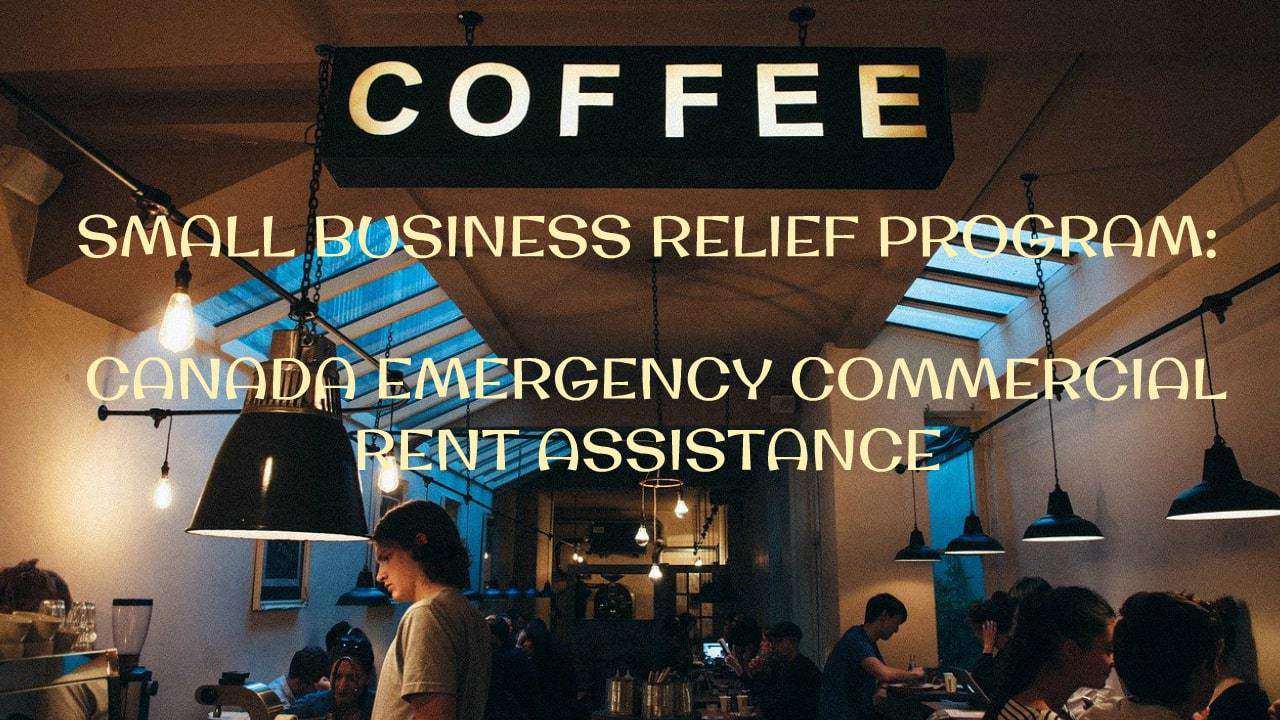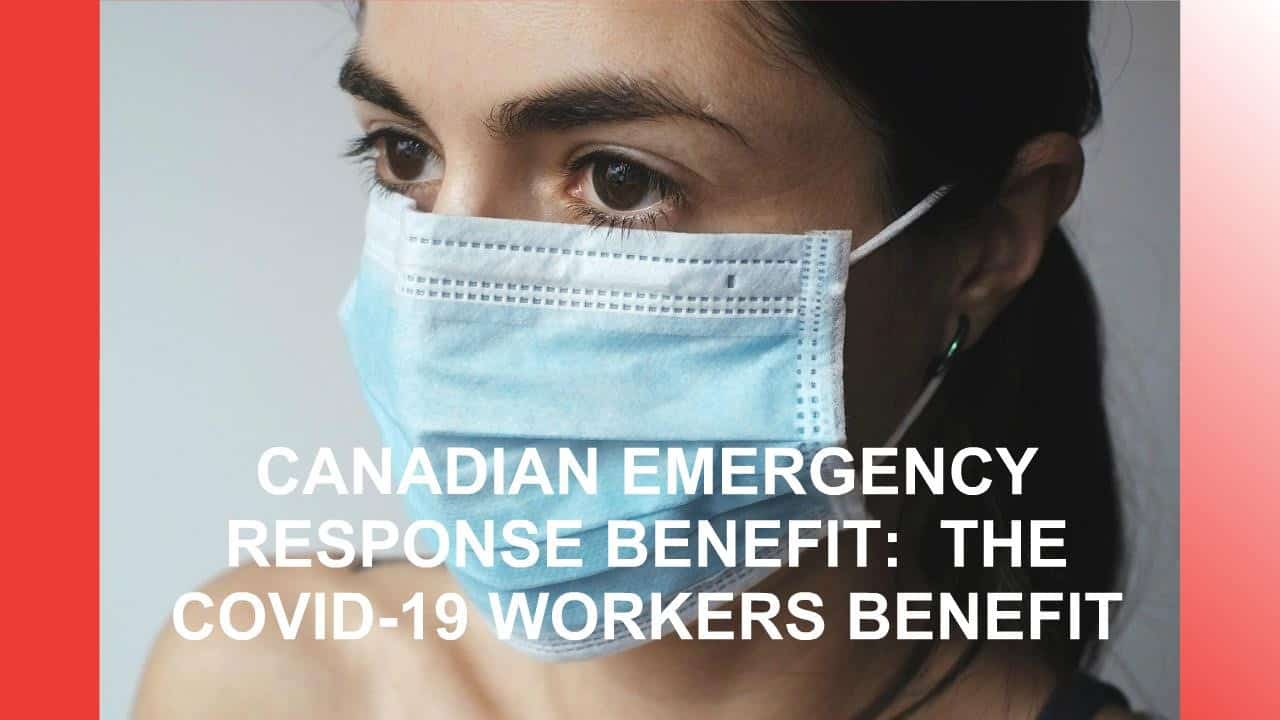Paycheque to Paycheque Introduction
Living paycheque to paycheque has become a harsh reality for many Canadians, despite the Bank of Canada’s optimistic economic outlook. In this Brandon’s Blog, I delve into the stark contrast between the Bank of Canada’s perception of how households are coping with higher interest rates and the actual struggles faced by everyday Canadians trying to meet their cost of living in Canada.
The term “savings guilt” has emerged as more households find themselves unable to save for the future due to rising living costs and stagnant incomes. Let’s explore this disconnect and shed light on the challenges of living paycheque to paycheque in today’s economic landscape.
Understanding the Concept of Living Paycheque to Paycheque
Definition of Living Paycheque to Paycheque
Living paycheque to paycheque refers to a financial situation where individuals rely solely on each paycheque to cover their expenses. It used to mean that those people were left with little to no savings or emergency funds. Today in our rising cost and higher interest rate environment, it means that more people are having trouble even meeting their required monthly living expenses and certainly nothing to handle emergency expenses.
This lifestyle often leads to financial stress, limited flexibility, and a constant struggle to make ends meet. Individuals living paycheque to paycheque may find it challenging to plan for the future, handle unexpected expenses, or break free from the cycle of paycheque dependency. It highlights the need for better government policies, financial management, savings habits, and support systems to help individuals build a more secure financial foundation.
Real-Life Factors Influencing People Living Paycheque to Paycheque
A person’s financial stability is greatly influenced by a myriad of factors, which can exhibit significant variations. These factors, ranging from personal circumstances such as the security of employment and income levels to external forces like prevailing economic conditions and market trends, hold the power to mould the financial management strategies of individuals. Furthermore, lifestyle choices, spending habits, and the pursuit of financial objectives also exert a profound impact on the decision-making processes. Acquiring a comprehensive understanding of these factors becomes indispensable in effectively addressing the challenges associated with living paycheque to paycheque, and in making judicious financial choices that pave the way towards a more secure future.
Factors Affecting Living Paycheque to Paycheque
When it comes to facing financial challenges, it’s crucial to delve deeper into the root causes that contribute to these obstacles. As a financial adviser who has worked closely with clients grappling with savings guilt and living paycheque to paycheque, I understand the multifaceted nature of these struggles.
One significant aspect of understanding the root causes of financial challenges is identifying the external factors at play. It’s common for individuals to feel personally responsible for not being able to save enough, but the truth is that the affordability crisis is largely influenced by factors beyond our control. The rising cost of essential expenses such as bills, housing, and food coupled with stagnant household incomes can create a daunting financial landscape that makes saving a challenging feat.
Cost of Living in Canada
The increasing cost of living poses a significant worry for numerous Canadians, amplifying the difficulties of living from one paycheque to another. From skyrocketing housing prices to escalating grocery costs, day-to-day expenses continue to surpass income growth, leaving individuals grappling to make ends meet. This financial burden not only affects immediate financial stability but also restricts long-term savings and investment prospects.
With the ongoing rise in the cost of living, more Canadians find themselves compelled to prioritize necessities over discretionary spending, further perpetuating the cycle of dependence on their paycheques. Tackling this issue necessitates a comprehensive approach that takes into account both macroeconomic policies and personal financial management strategies.
Income Disparities and Inflation
Income disparities and inflation exacerbate the challenges faced by Canadians living paycheque to paycheque. As income inequality widens, many individuals struggle to keep up with the rising cost of living, leading to a cycle of financial instability. Inflation further erodes the purchasing power of these individuals, making it increasingly difficult to make ends meet. The combination of stagnant wages and increasing expenses creates a significant burden on those already living on the edge. Addressing these issues is crucial to ensure a more equitable society where all individuals have the opportunity to achieve financial security and stability.
Increasing Consumer Debt
Many Canadians are currently facing the reality of living paycheque to paycheque due to the continuous increase in the cost of living. This unfortunate financial situation has led to a significant surge in consumer debt across the country. Recent statistics reveal that core working-age households, specifically those aged 35 to 64, had the highest debt-to-income ratios in the fourth quarter of 2023. For individuals aged 55 to 64 years, the ratio stood at 160.5%, while for those aged 35 to 44 years, it reached a staggering 247.9%. The debt burden for core working-age households grew at a faster pace than their disposable income, particularly for those aged 55 to 64, as higher debt charges offset their employment income gains.
This concerning trend is directly linked to the rising costs of housing, transportation, and other essential expenses. Struggling to meet their basic needs with limited income, individuals are compelled to rely on credit cards and loans. Unfortunately, this dependence on credit has paved the way for a never-ending cycle of debt, hindering individuals from attaining financial stability.
Addressing this issue requires the attention of policymakers and financial institutions. Solutions must be found to alleviate the burden of living paycheque to paycheque and to effectively tackle the escalating consumer debt in Canada.
Overview of the Bank of Canada’s Role in the Paycheque to Paycheque Lifestyle
Overview of the Bank of Canada
The Bank of Canada assumes a pivotal role in shaping the economic landscape of the nation through the formulation of monetary policies and diligent monitoring of key economic indicators. Serving as the central bank, its primary objective revolves around upholding price stability and fostering a robust economy. By making informed decisions concerning interest rates and inflation targets, the Bank of Canada exercises a significant influence over borrowing costs, investment choices, and the overall trajectory of economic growth.
Nevertheless, it is crucial to acknowledge the evident disparity between the Bank’s perception of how Canadian households are coping with higher interest rates and the harsh reality of numerous families living paycheque to paycheque. This pronounced discrepancy underscores the imperative for a more profound comprehension of the challenges faced by ordinary Canadians.
The Bank of Canada Disconnect to the Canadian Reality
Senior Bank Deputy Governor Carolyn Rogers recently emphasized at a news conference that households seem well-positioned to manage their financial obligations effectively despite the changing interest rate environment.
The Bank of Canada’s view is that during the pandemic, many households and businesses bolstered their liquid assets, providing them with a cushion to navigate economic uncertainties. The trend of mortgage borrowers with flexible rate mortgages making advance lump sum payments highlighted a strategic approach towards debt management, further strengthening their financial positions.
The way the Bank of Canada sees the Canadian economy, while the discussion around lowering borrowing costs is pertinent, as policymakers they are focused on inflation; their focus is on macroeconomics, not microeconomics. They are betting on Canadian households to be able to withstand higher interest rates for an extended period to focus on reducing Canadian economic,recession risks.
The way the Bank of Canada sees it:
- Canadians are proactively adjusting to higher interest rates to maintain financial stability.
- Households have demonstrated resilience in servicing their debts even amidst rising costs.
- The rise in wages and savings has played a crucial role in improving debt management practices.
Yet, one of the primary concerns highlighted by the Bank of Canada is the vulnerability of non-mortgage borrowers, particularly those with high-interest debt made up mainly of credit card and auto loan current debt payments. The central bank’s report indicates that a significant proportion of non-mortgage borrowers are struggling to meet their credit obligations, with some surpassing pre-pandemic levels of payment delinquency. This underscores the importance of monitoring the financial health of all types of borrowers, not just those with mortgages. It also highlights the disconnect between the central bank and everyday working Canadians.
Looking ahead, the forthcoming decisions by Governor Tiff Macklem and his team regarding interest rates are crucial. The upcoming period will offer insights into their view on the effectiveness of policy measures in sustaining economic stability.
Strategies for Breaking the Paycheque to Paycheque Cycle
Mental Health First: Understanding the Root Causes
When it comes to facing financial challenges, it’s crucial to delve deeper into the root causes that contribute to these obstacles. As a licensed insolvency trustee who has worked closely with clients grappling with savings guilt and living paycheque to paycheque, I understand the multifaceted nature of these struggles.
One significant aspect of understanding the root causes of financial challenges is identifying the external factors at play. It’s common for individuals to feel personally responsible for not being able to save enough. Still, the truth is that the affordability crisis is largely influenced by factors beyond our control. The rising cost of essential expenses such as utilities, taxes, housing, and food coupled with stagnant household incomes can create a daunting financial landscape that makes saving a challenging feat.
Chantel Chapman, the CEO and co-founder of Trauma of Money located in British Columbia, aptly points out the importance of questioning the origins of our shame and guilt surrounding financial struggles. Many individuals allocate a substantial portion of their income towards meeting basic needs, leaving little room for emergency savings or investment. This financial strain can lead to feelings of inadequacy and health issues, especially when comparing your household finances to others who appear to effortlessly save.
Moreover, external factors like economic fluctuations, high rental costs, and interest rates can significantly impact an individual’s ability to save. Research conducted by Coast Capital revealed that a considerable segment of the Canadian population experiences financial shame, which can take a toll on mental and emotional well-being. It’s crucial to break free from this guilt cycle by acknowledging and challenging these negative self-perceptions.
By recognizing the connection between our thoughts and physical responses, we can begin to untangle the source of our guilt. Distinguishing between internal and external guilt is a pivotal step in regulating our nervous system and paving the way for practical solutions. Seeking support from friends, undergoing budget reviews, and adjusting spending priorities are effective strategies for combating financial guilt.
It’s essential to de-personalize guilt and understand that everyone’s financial journey is unique. The culture of comparison, amplified by social media, can further exacerbate feelings of inadequacy and financial guilt across various age groups. Young individuals may feel pressured to save for major milestones like purchasing a home, parents may grapple with securing their children’s future, and individuals nearing retirement may worry about meeting their savings goals.
Overcoming savings guilt necessitates a shift in mindset, heightened self-awareness, and a readiness to challenge societal norms of comparison and perfection. By reevaluating our relationship with money, acknowledging external influences, and taking proactive steps toward financial well-being, we can liberate ourselves from the cycle of guilt and forge a path toward a more secure financial future.
Creating a Household Budget and Sticking to It
Another essential strategy for alleviating ‘savings guilt’ is setting realistic savings goals and budgeting monthly payments effectively. It’s important to create achievable milestones for personal finances that reflect your income, expenses, and long-term aspirations. By breaking down savings targets into manageable increments, the process becomes less daunting and more attainable.
Preparing a realistic monthly budget and sticking to it s also key for both living within your means and for successful savings management. By tracking income and expenses, individuals can identify areas where adjustments can be made to optimize savings potential. Implementing strategies such as automatic transfers to a savings account or cutting back on non-essential expenses can contribute significantly to reaching financial goals.
Taking the initiative to actively participate in financial planning and actively seeking expert advice can result in gaining a clear understanding and enhanced assurance when making important financial choices.
Establishing attainable savings targets and effectively managing one’s budget are essential measures in addressing feelings of guilt associated with saving money. By adopting these approaches and actively making sound financial decisions, individuals can conquer the burden of ‘savings guilt’ and pave the path towards a more stable and secure financial future.
While cutting expenses and adopting frugal practices can aid in the savings process, exploring alternative avenues to increase earnings is equally important. Leveraging employee benefits, focusing on long-term financial objectives, and tracking progress can instill a sense of direction and purpose in one’s financial journey. It’s crucial to get creative with income streams and consider options like taking on second jobs or side hustles to bolster financial stability.
Prioritizing Debt Repayment and Building an Emergency Fund
Living paycheque to paycheque has become a common reality for many Canadians. Surveys have reported that about half of Canadians are $200 or less away from financial insolvency every month. This highlights the importance of household budgeting, the need for debt repayment and creating an emergency fund.
But where will this money come from when it is costing Canadians all or more than their entire paycheques for necessities? With rising living costs and stagnant wages, it is crucial for individuals and families to carefully manage their finances. A well-planned household budget can help individuals track their expenses, prioritize spending and save for future goals. Additionally, establishing an emergency fund can provide a safety net for unexpected expenses such as job loss, medical emergencies, or home repairs. Canadians need to prioritize budgeting and creating an emergency fund to avoid financial instability and build a secure financial future.
However, right now, the data suggests Canadians do not have the means to save for financial freedom as they still need to borrow on credit cards and lines of credit to make up for an income gap.
Government Programs and Support
Prime Minister Justin Trudeau is also focused on macroeconomic issues and ignoring the message about affordability we get daily. In his April 2024 address to the Canadian Chamber of Commerce, he underscored the importance of intergenerational opportunity. He emphasized Canada’s role as a global leader, particularly in innovation, artificial intelligence, clean energy and technology. His remarks resonated strongly, emphasizing the critical role of proactive engagement in shaping a brighter future for Canada and the world. Big on words, short on solutions.
To address the growing issue of more Canadian households living paycheque to paycheque, policymakers should consider implementing measures such as increasing the minimum wage to reflect the rising cost of living, providing tax incentives for saving and investing (instead of just raising revenue to try to pay for the massive deficits the Liberal federal government has been running for years) and offering real affordable housing options. Additionally, financial education programs should be integrated into school curriculums to improve financial literacy from a young age. By taking these steps, policymakers can help alleviate the financial burden on Canadian households and promote a more sustainable and secure financial future for all citizens.
Paycheque to Paycheque FAQs
- Why are so many Canadians living paycheque to paycheque?
- Many Canadians are living paycheque to paycheque due to the rising cost of living, stagnant wages, and high levels of debt.
- What lifestyle changes can help alleviate end-of-month stress for those living paycheque to paycheque?
- Some lifestyle changes that can help include cutting back on unnecessary expenses, meal planning to reduce food costs, and finding ways to increase income through side hustles or part-time work.
- How can budgeting techniques help those living paycheque to paycheque?
- One can enhance their financial management skills and effectively allocate their funds by employing various budgeting strategies. Techniques, such as formulating a monthly budget, meticulously monitoring expenses, and establishing financial objectives, enable individuals to gain better control over their finances and effectively prioritize their expenditures.
- What are some ways to increase income for those living paycheque to paycheque?
- Increasing income can be achieved through finding a higher-paying job, taking on freelance work, selling unused items, or investing in education or skills training to enhance career opportunities.
- How can managing debt be a challenge for those living paycheque to paycheque?
- Managing debt can be challenging for individuals living paycheque to paycheque as it can be difficult to make regular payments and reduce debt while also covering essential living expenses. Finding ways to lower interest rates, consolidate debt, or seek financial counselling can help in managing debt effectively.
Paycheque to Paycheque Conclusion
We must address the stark reality of Canadian households living paycheque to paycheque. The disconnect between the Bank of Canada’s perception and the lived experiences of everyday Canadians demands urgent attention. To alleviate the financial burdens and “savings guilt” faced by many, a call to action for improved economic policies is essential. By implementing targeted measures that address income disparities, rising costs of living, and promoting financial literacy, we can pave the way for a more financially secure future for all Canadians. It is time for policymakers to prioritize the well-being of their citizens and enact meaningful change.
I hope you have enjoyed this paycheque to paycheque Brandon’s Blog. Do you or your company have too much debt? Are you or your company in need of financial restructuring? The financial restructuring process is complex. The Ira Smith Team understands how to do a complex restructuring. However, more importantly, we understand the needs of the entrepreneur or the person who has too much personal debt.
You are worried because you are facing significant financial challenges. It is not your fault that you are in this situation. You have been only shown the old ways that do not work anymore. The Ira Smith Team uses new modern ways to get you out of your debt troubles while avoiding bankruptcy. We can get you debt relief freedom.
The stress placed upon you is huge. We understand your pain points. We look at your entire situation and devise a strategy that is as unique as you and your problems; financial and emotional. The way we take the load off of your shoulders and devise a plan, we know that we can help you.
We know that people facing financial problems need a realistic lifeline. There is no “one solution fits all” approach with the Ira Smith Team.
That is why we can develop a restructuring process as unique as the financial problems and pain you are facing. If any of this sounds familiar to you and you are serious about finding a solution, contact the Ira Smith Trustee & Receiver Inc. team today.
Call us now for a free consultation. We will get you or your company back on the road to healthy stress-free operations and recover from the pain points in your life, Starting Over, Starting Now.
The information provided in this Brandon’s Blog is intended for educational purposes only. It is not intended to constitute legal, financial, or professional advice. Readers are encouraged to seek professional advice regarding their specific situations. The content of this Brandon’s Blog should not be relied upon as a substitute for professional guidance or consultation. The author, Ira Smith Trustee & Receiver Inc. as well as any contributors to this Brandon’s Blog, do not assume any liability for any loss or damage resulting from reliance on the information provided herein.
The information provided in this Brandon’s Blog is intended for educational purposes only. It is not intended to constitute legal, financial, or professional advice. Readers are encouraged to seek professional advice regarding their specific situations. The content of this Brandon’s Blog should not be relied upon as a substitute for professional guidance or consultation. The author, Ira Smith Trustee & Receiver Inc. as well as any contributors to this Brandon’s Blog, do not assume any liability for any loss or damage resulting from reliance on the information provided herein.













